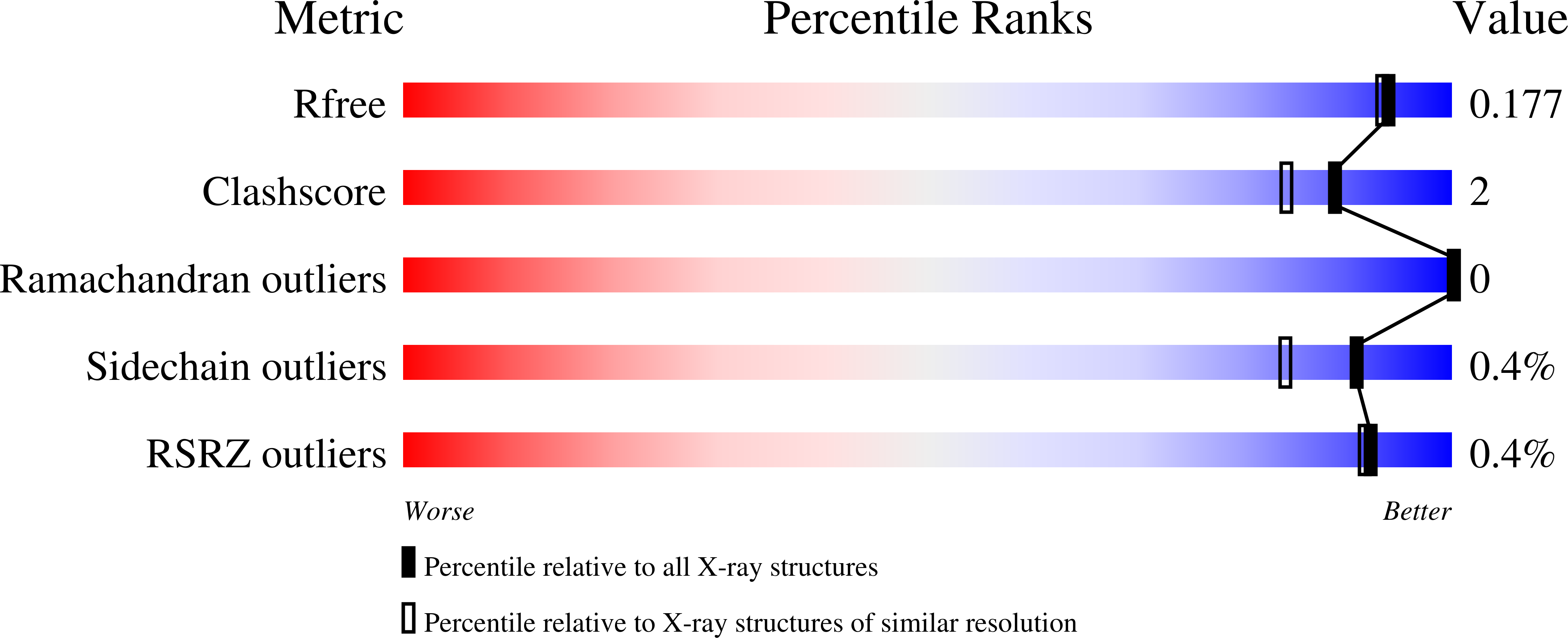
Deposition Date
2020-09-09
Release Date
2022-02-16
Last Version Date
2023-10-18
Method Details:
Experimental Method:
Resolution:
1.61 Å
R-Value Free:
0.17
R-Value Work:
0.15
R-Value Observed:
0.15
Space Group:
C 1 2 1


